
After going through this course a student should be able to: • Use XHTML tags to create simple static web pages • format a simple Web page using Cascading Style sheets • state the concepts applicable to web programming • create an interactive and dynamic Web site using JavaScript • represent data over the Web using XML • appreciate the use of Ajax and Rich Internet Applications • perform server side scripting using Java Server Pages (JSP)
What Is Web 2.0? Introduction to Web 2.0 terms: Search, Content Networks, Blogging, Social Networking, Social Media, Rich Internet Applications (RIAs), Web Services, Mashups, Widgets and Gadgets, Introduction to XHTML and WML, Syntactic Differences between HTML and XHTML, Standard XHTML Document Structure, An example of XHTML covering Basic Syntax, Images, Hypertext Links, Lists and Tables, Creation of an XHTML Form, Internal Linking and Meta Elements
Unit 2 : Using Style SheetsCSS: Inline Styles, Embedded Style Sheets, Linking External Style Sheets, Style Specification Formats Selector Forms, Colour, Property Value Forms, Font Properties, List Properties, Alignment of Text, The Box Model, Background Image ,The span and div Tags
Unit 3 : Introduction to XMLXML Basics, XML Document Structure, XML Namespaces, Document Type Definitions, XML Schemas, Displaying XML Documents
Unit 4 : Programming with JavaScript – DOM and EventsThe Document Object Model, Element Access in JavaScript, Traversing and Modifying a DOM Tree, DOM Collections and Styles, Events, Examples of Event Handling from Body, Button, Text Box and Password Elements, Dynamic Documents using JavaScript– element moving, visibility, positioning etc., Example program (s),Introduction and example of AJAX
Unit 5 : Introduction to WAP and WMLWAP and WML Basics, WML formatting and links, WML input, WML tasks, WML timer, WML variables, Example
Server side scripting and its need ,Two-Tier, Three-Tier, N-Tier and Enterprise Architecture, Various Languages/ Technologies for server scripting ,HTTP Methods (such as GET, POST, HEAD, and so on) , Purpose ,Technical characteristics, Method selection, Use of request and response primitives, Web container – Tomcat
Unit 2 : JSP – BasicBasic JSP Lifecycle, JSP Directives and Elements, Scriptlets, Expressions, Action Elements, Standard Actions, Comments and Template Data, JSP variables, The out Object, Request, response, sessions and application objects
Unit 3 : JSP – ApplicationsExceptions and exception handling using JSP, Cookies and sessions, Managing Email using JSP
Unit 4 : JSP Application DevelopmentExample applications using JSP, What is JDBC? Need for JDBC, Database Drivers, Connection using JDBC API, Application development and deployment.
This is one of the best institute for Autocad Training. I recommend everyone should study from Mohsin sir class and join his batch only, he is very knowledgeable and expert in this industry. He always explains the concepts very clearly and
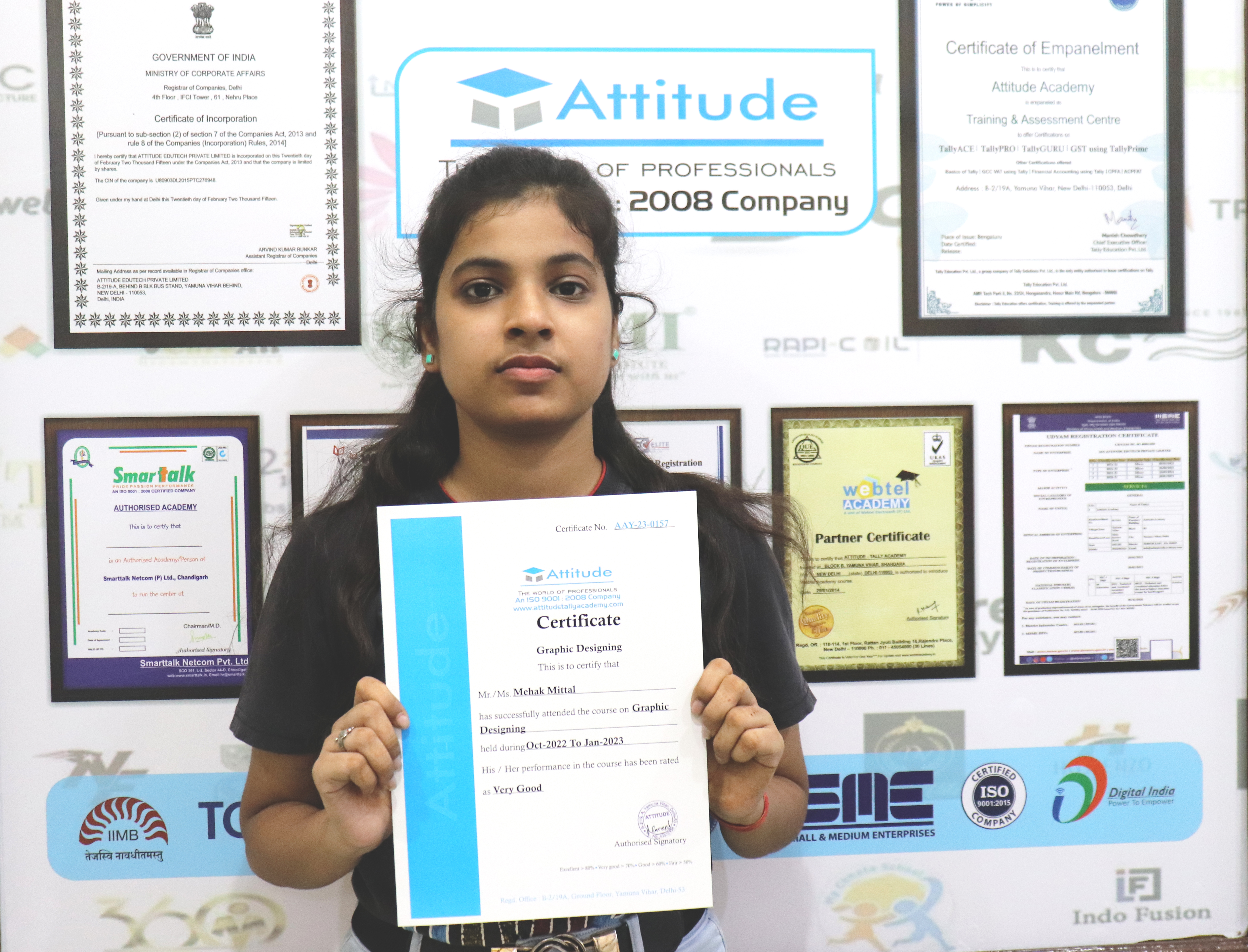
I had enrolled in the Graphic Designing training Course. The course was well taught by the trainer and the learning environment was great. they provide best and updated Study material and Give training on real industry assignments , they gi

It has been a great experience for me to take fashion and dress designing training from attitude academy. I have taken fashion and dress designing course .the trainer especially anjali mam is very good and has good knowledge. I have also go
I recently completed the Interior Designing training course at Attitude Academy, and it exceeded my expectations. The trainer's expertise and the excellent learning environment made the experience remarkable. The study material was top-notc
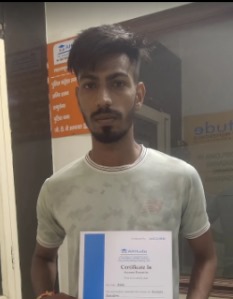
It has been a great experience for me to take Autocad 3d's Max training from Attitude Academy. I have taken Autocad course. The trainer especially Sumit Sir is very good and has good knowledge. I have also got a placement from here. The pla

I had enrolled in the Interior Designing training Course. The course was well taught by the trainer and the learning environment was great. they provide best and updated Study material and Give training on real industry assignments , they
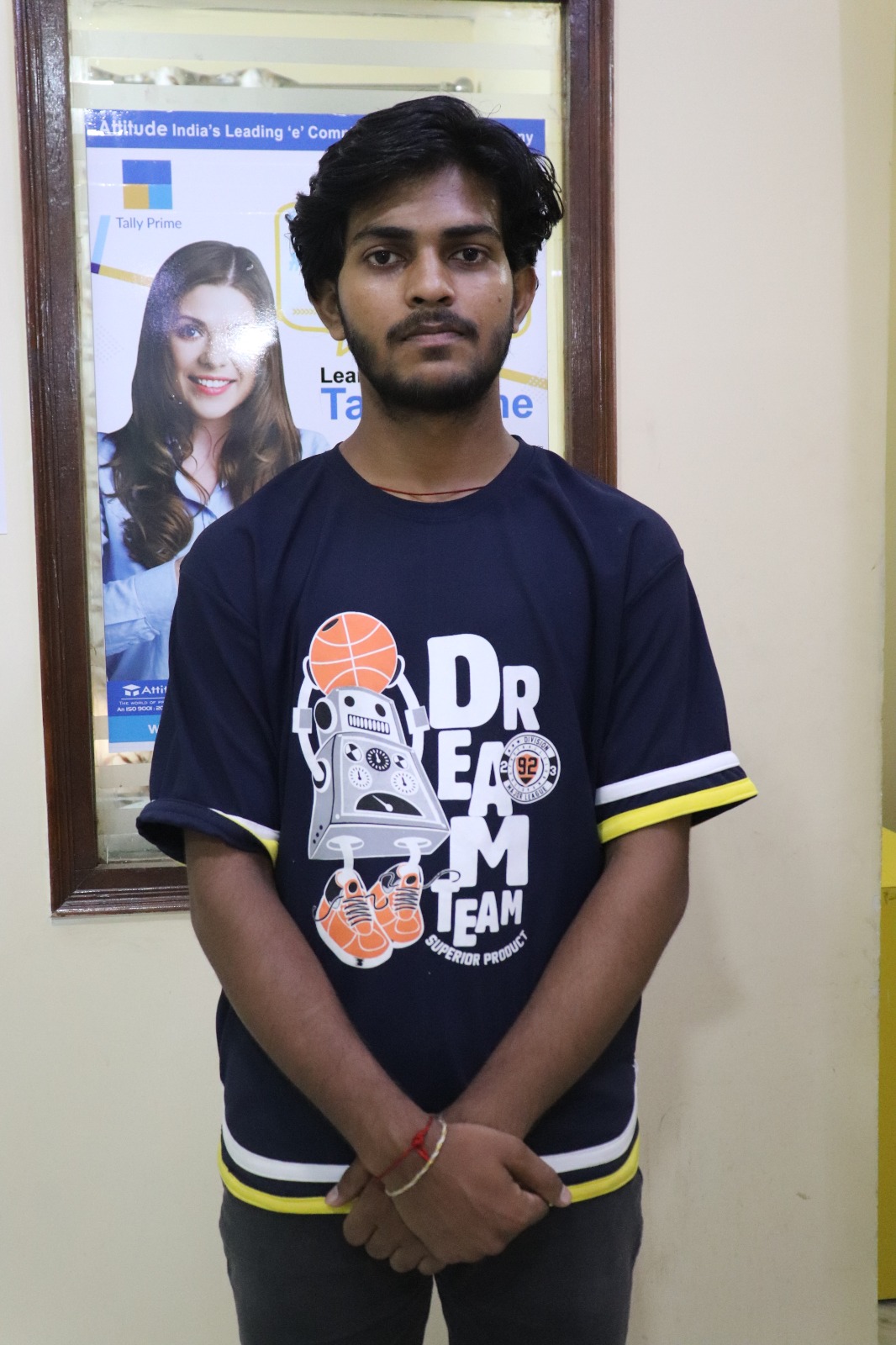
It was such a great experience to study AutoCAD course, I have learned a lot about my strengths and weaknesses with the help of my amazing tutors. Now I believe I am more capable of teaching different skills effectively.

Being a student at Attitude Academy Yamuna Vihar as a super over experience. I am perceiving in financial accounting course I spend six month in this institute. I learnt so many things here there is not been academic also extra curriculum a
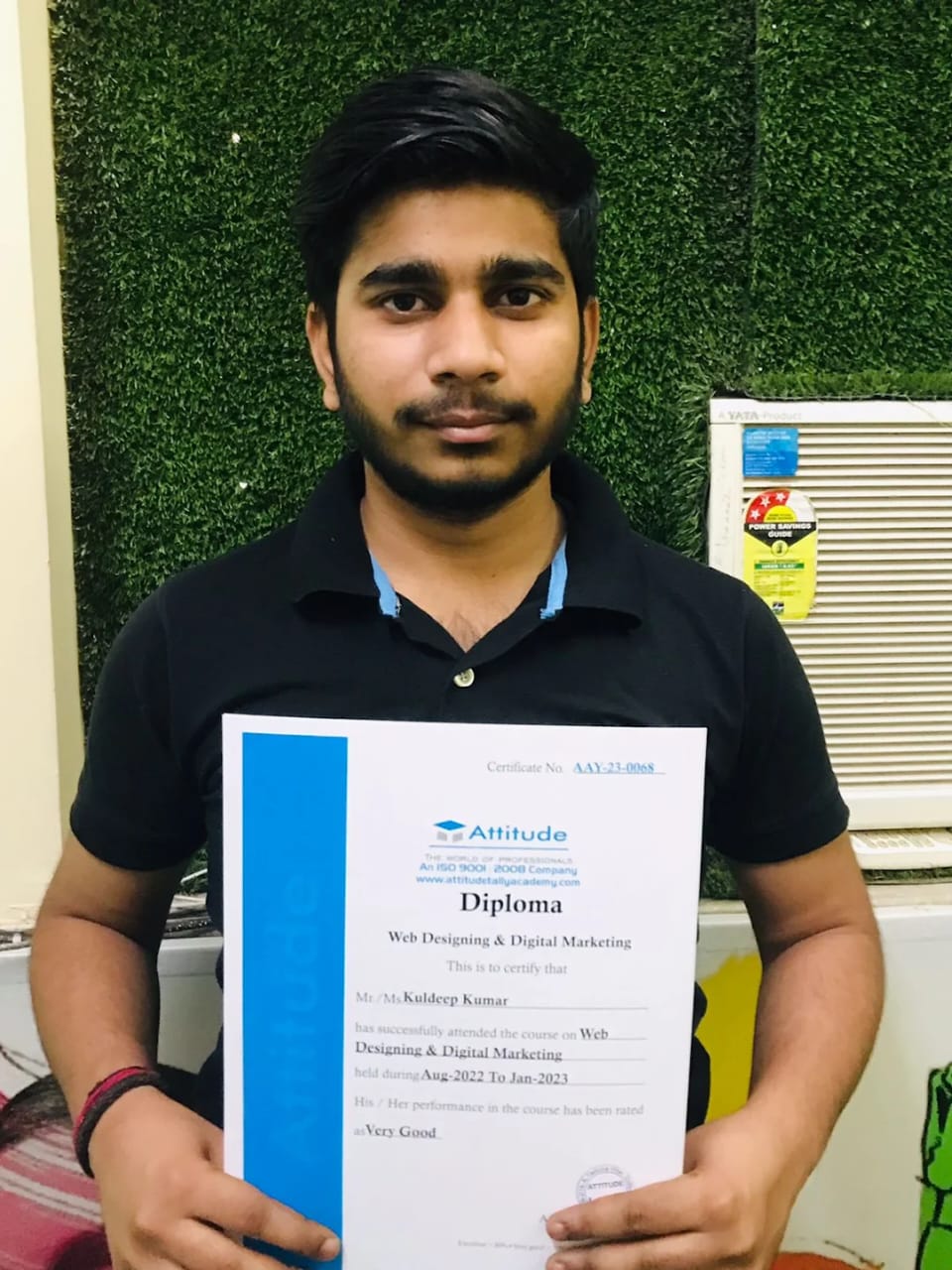
It has been a great experience for me to take Digital Marketing training from Attitude Academy. I have taken Digital Marketing Classes. The trainer especially Naresh Sir is very good and has good knowledge. I have also got a placement from

Had a great experience with the course, the classes touch upon both the functional and theoretical aspects of programming, and the care in responding to questions as well as obvious dedication to continue updating and improving the course a

While starting the course I was lacking motivation but as I learned to go with flow and explored different topics, faculty at Attitude Academy helped me by taking care of all the doubts. Thus, ensuring my clarity in the subjects.

My experience with Attitude Academy has been great. Now, I can say that I have a strong foundation in programming, This course gave me a taste of developing websites which helped me build some interesting projects for my portfolio.

Best academy for smart courses and good facilities

i am an accountant by profession and the hole credit goes to Attitude tally academy , specially Turab sir.. here i got basic to excellence knowledge of accounting
Wonderful dresses I am stitching for myself, my family and the institute, after learning dress designing from this institute. So happy...
Best FD and DD, I am doing 6 months course from here, Anjali and Divya mam are best. Such an experienced and great faculty of fashion and dress designing here.
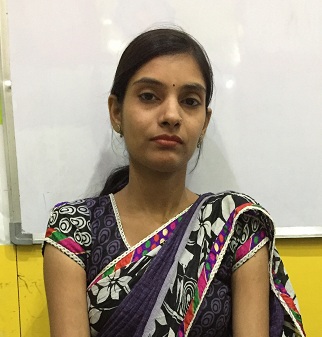
I have Completed my Tally.ERP9 Course with good experience. And now I feel that I am very confident about my interview and job.